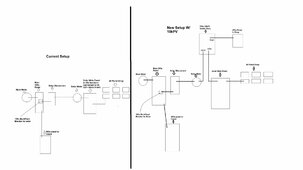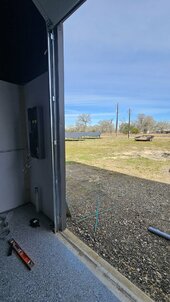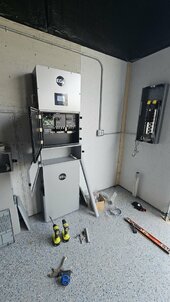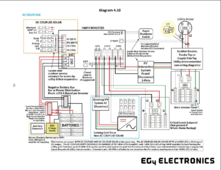thepetersms
New Member
Hello All,
I'm in the process of sending power to my 30x50 shop using the EG4 18kPv and the EG4 Powerpro (2) batteries.
My current setup is 48 panel array with 360w panels with 48 IQ7 microinverters. Those are ran back to a electric panel and then fed back to a meter and sold back to the grid.
With my shop power I'd like to run AC coupling and I wanted to run it by here to make sure I'm going in the right direction.
I want to run AC coupling to keep my existing setup the way it is so I can keep selling back power to the grid that isn't being stored on the batteries. I'm a bit confused where I would connect my existing setup into the generator lugs on the 18kPV.
I believe I would disconnect the 3 lines coming into my solar electric panel at the top (those lines come from a 100amp feeder breaker at my main panel)
Run 3 new lines back to my shop and into my 18kPV into the Generator lugs. Then run 3 more lines out of the 18kPV from the GRID lugs and tie them back into 3 lines that I previously disconnected.
I've included a few pics of my current setup to make things easier.
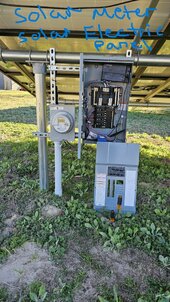
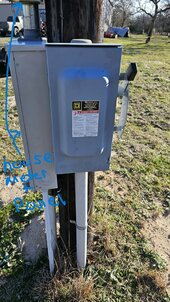
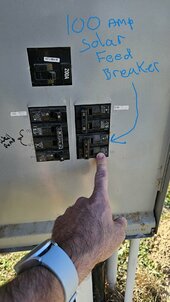
I'm in the process of sending power to my 30x50 shop using the EG4 18kPv and the EG4 Powerpro (2) batteries.
My current setup is 48 panel array with 360w panels with 48 IQ7 microinverters. Those are ran back to a electric panel and then fed back to a meter and sold back to the grid.
With my shop power I'd like to run AC coupling and I wanted to run it by here to make sure I'm going in the right direction.
I want to run AC coupling to keep my existing setup the way it is so I can keep selling back power to the grid that isn't being stored on the batteries. I'm a bit confused where I would connect my existing setup into the generator lugs on the 18kPV.
I believe I would disconnect the 3 lines coming into my solar electric panel at the top (those lines come from a 100amp feeder breaker at my main panel)
Run 3 new lines back to my shop and into my 18kPV into the Generator lugs. Then run 3 more lines out of the 18kPV from the GRID lugs and tie them back into 3 lines that I previously disconnected.
I've included a few pics of my current setup to make things easier.






